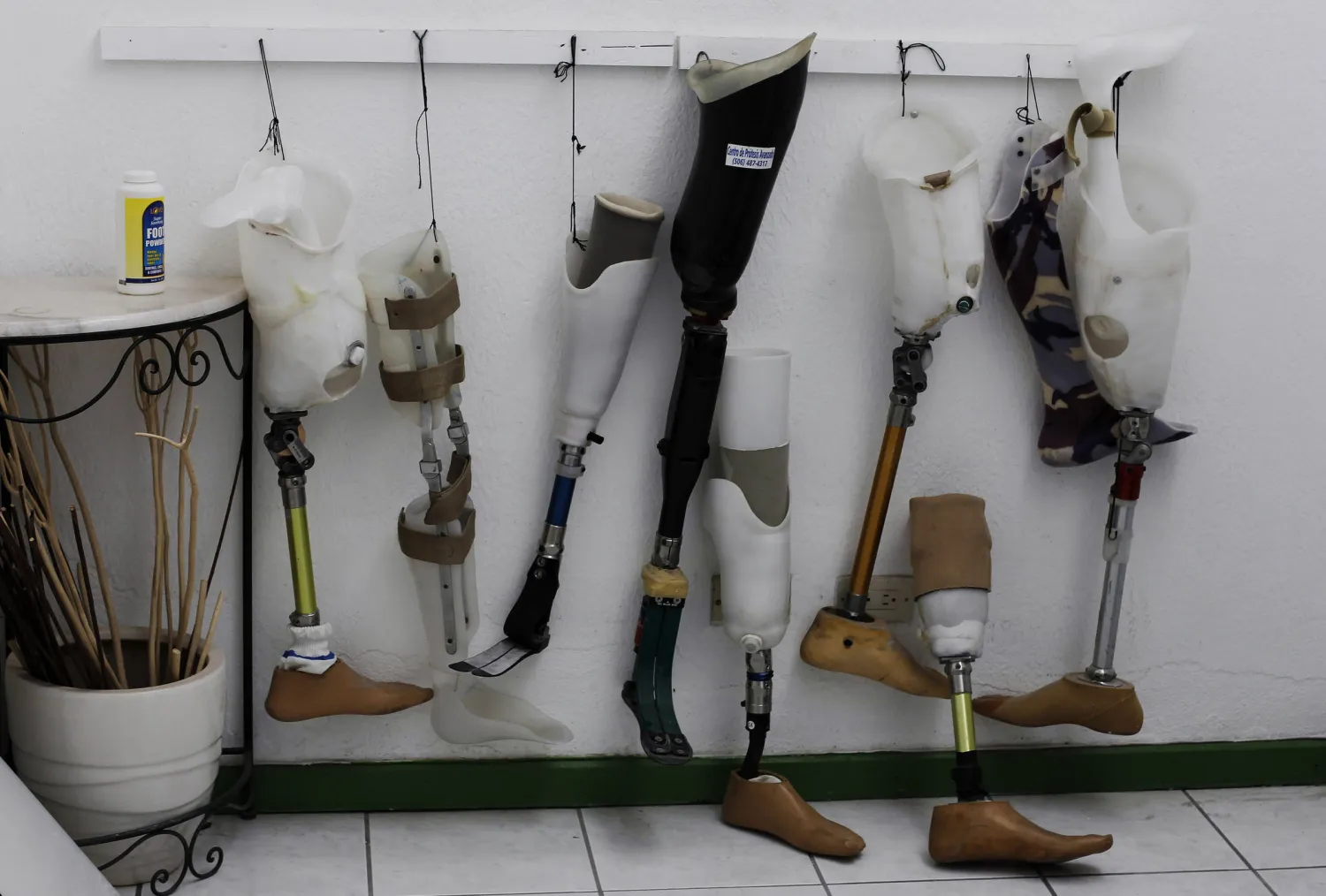A US research team has developed new software that enables people using robotic prosthetics or exoskeletons to walk in a safer, more natural manner on different types of terrain.
The new framework incorporates computer vision into prosthetic leg control, and allows it to better account for uncertainty.
The software also uses a tiny camera installed on one of the limb's ends. The Science Daily website cited Researcher Edgar Lobaton from the North Carolina State University, saying "Lower-limb robotic prosthetics need to execute different behaviors based on the terrain users are walking on."
"The framework we've created allows the AI in robotic prostheses to predict the type of terrain users will be stepping on, quantify the uncertainties associated with that prediction, and then incorporate those results into its decision-making," he explained.
According to the German News Agency, the software can distinguish between six different terrains that require adjustments in a robotic prosthetic's behavior including tile, concrete, grass, and stairs (up and down).
Boxuan Zhong, lead author of the paper and a Ph.D. graduate from NC State said: "If the degree of uncertainty is too high, the AI software could notify the user or it could default to a 'safe' mode."







